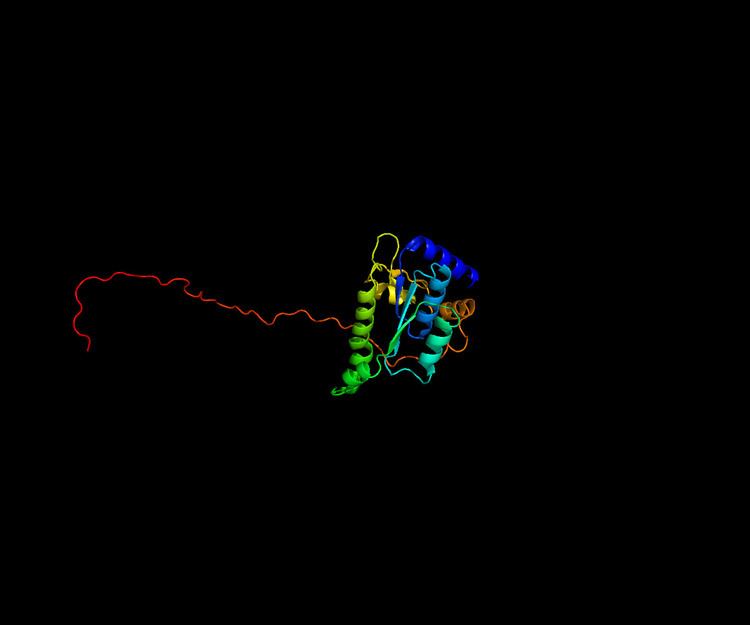Entrez 2706 | Ensembl ENSG00000165474 | |
 | ||
External IDs MGI: 95720 HomoloGene: 2975 GeneCards: GJB2 | ||
Gap junction beta-2 protein (GJB2), also known as connexin 26 (Cx26) — is a protein that in humans is encoded by the GJB2 gene. Defects in this gene lead to the most common form of congenital deafness in developed countries, called DFNB1 (also known as connexin 26 deafness or GJB2-related deafness).
Function
Gap junctions were first characterized by electron microscopy as regionally specialized structures on plasma membranes of contacting adherent cells. These structures were shown to consist of cell-to-cell channels. Proteins, called connexins, purified from fractions of enriched gap junctions from different tissues differ. The connexins are designated by their molecular mass. Another system of nomenclature divides gap junction proteins into two categories, alpha and beta, according to sequence similarities at the nucleotide and amino acid levels. For example, CX43 (MIM 121014) is designated alpha-1 gap junction protein, whereas CX32 (GJB1; MIM 304040) and CX26 (this protein) are called beta-1 and beta-2 gap junction proteins, respectively. This nomenclature emphasizes that CX32 and CX26 are more homologous to each other than either of them is to CX43.
